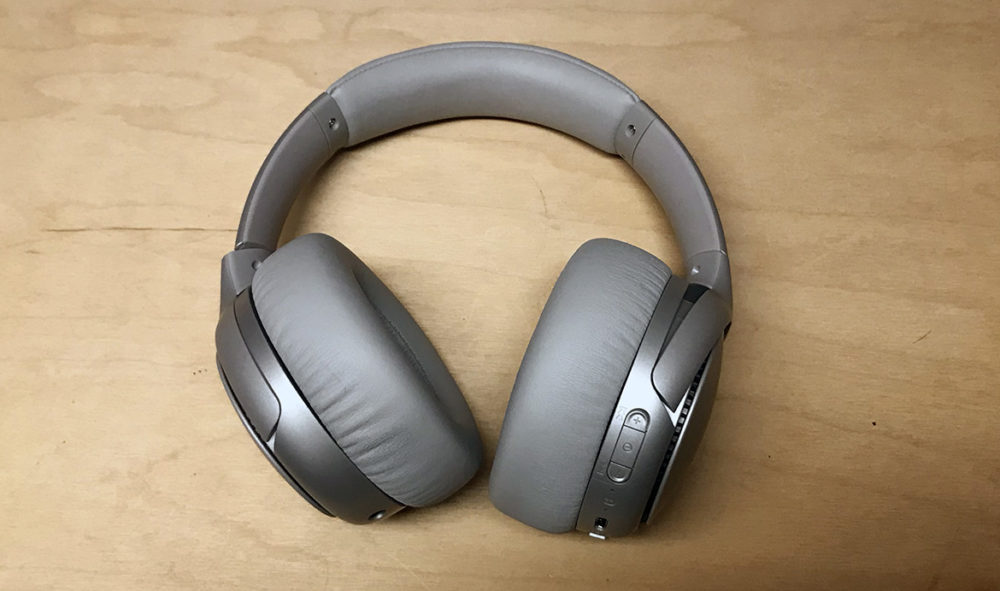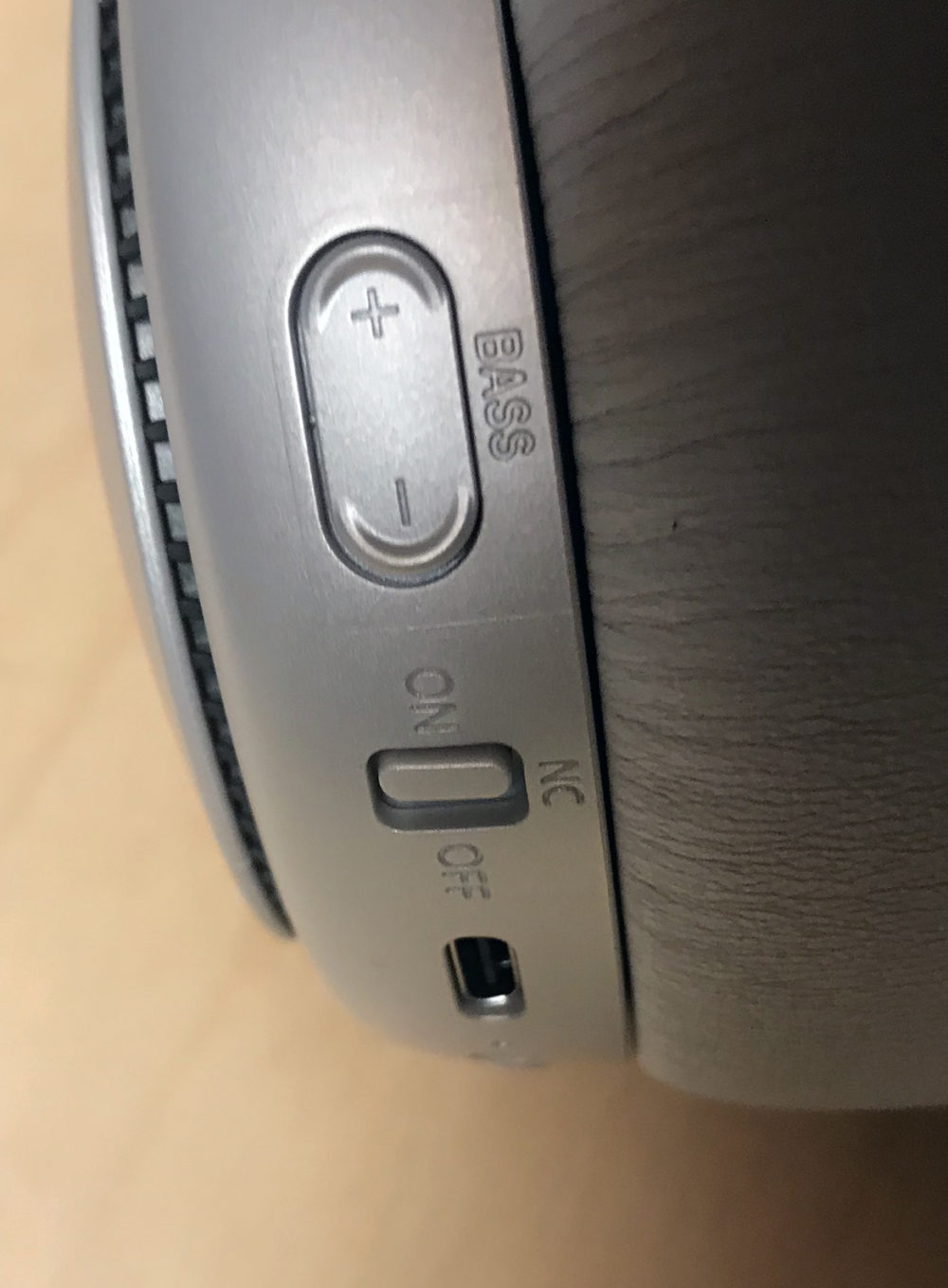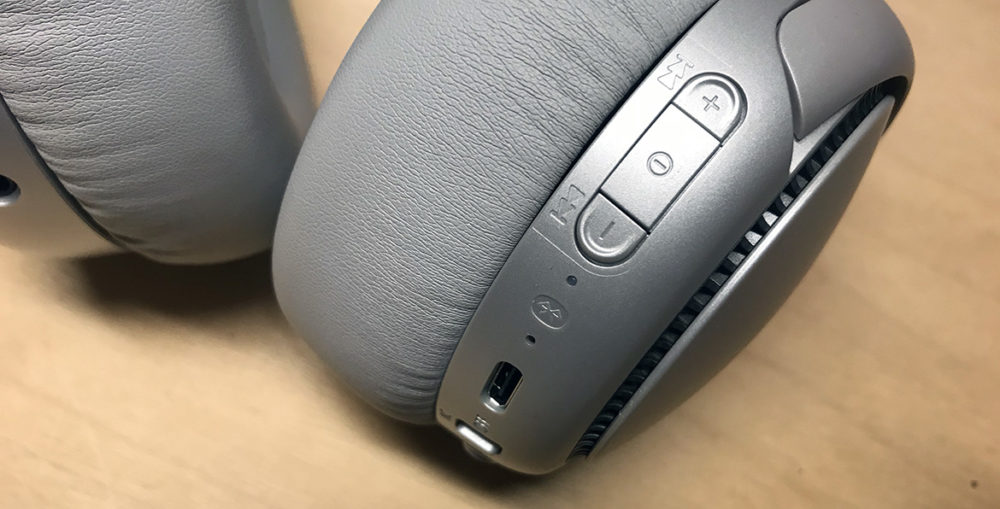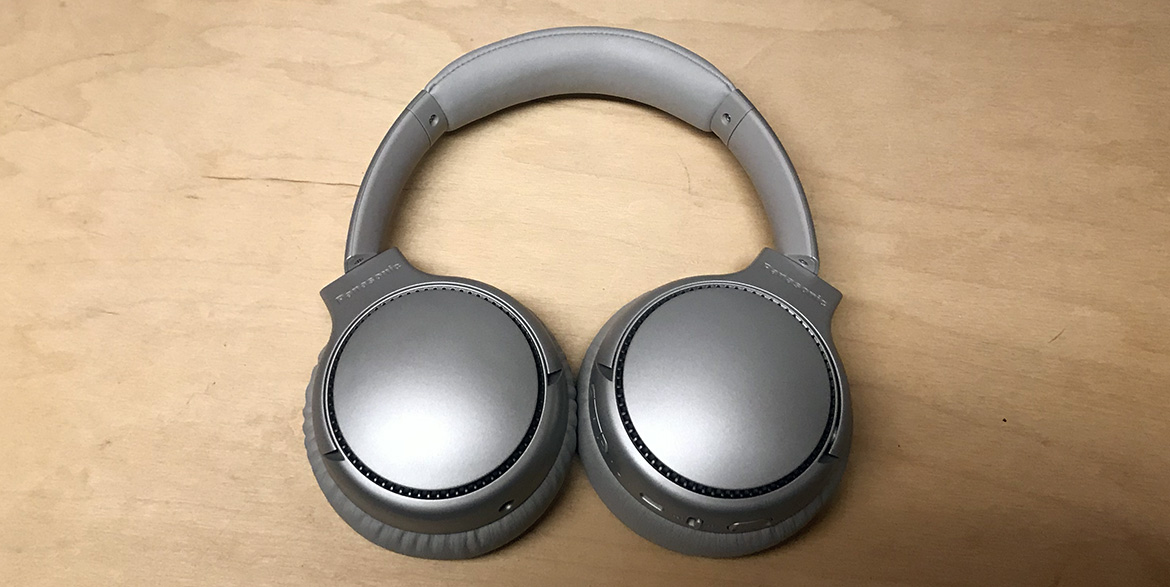TL;DR
Looking for headphones with serious bass? The Panasonic RB-M700 delivers a powerful, deep low-end thanks to its XBS Deep system, even offering adjustable bass intensity. They're comfortable, boast a solid 20-hour battery life, and maintain a stable Bluetooth 5.0 connection. However, the build is mostly plastic, and the active noise cancellation is disappointingly ineffective, with a distracting click from the ANC button. If earth-shaking bass is your priority and ANC isn't, these might be a steal. Dive into the full review to see if the bass boost is worth the trade-offs!
Upon unboxing the RB-M700 headphones, their lightweight construction and predominantly plastic build are immediately apparent. After adjusting them to accommodate a larger head size, the headphones proved to be comfortable, with supportive and well-cushioned earcups.

Pairing with a phone via Bluetooth was initiated using the on-off button, which also serves as the Bluetooth activation. While the dual function required a moment of familiarization, the headphones quickly appeared in the device list. An initial voice prompt indicated a low battery, aligning with the recommendation to fully charge the unit before first use. A USB-C cable (included) was then used to charge the headphones.
After a four-hour charging period (the headphones support fast charging, providing 1.5 hours of playback with a 15-minute charge), the headphones were re-paired with the phone. The first audio selection was The Other Side from Greatest Showman, a familiar track used for evaluating headphone performance. The bass response, driven by Panasonic’s XBS Deep system (Extra Bass Deep), was notably pronounced. A dedicated control allows users to adjust the bass level. At maximum bass and higher volume levels, the RB-M700B exhibited noticeable vibration, a tactile sensation unlike any previously experienced.
Concerning the bass performance of the Panasonic RB-M700: while it delivers a deep and powerful low-end, it’s also susceptible to overpowering the overall sound profile if overemphasized. Finding the optimal balance required reducing the bass level to prevent muddiness. For a subsequent test, the headphones were connected to a computer to reproduce the final battle sequence from Avengers: End Game. The deep bass proved more effective in this context, enhancing the cinematic experience without being overly persistent. The ability to increase the bass intensity without external disturbance was a definite advantage.

Positioned between the volume and bass controls is the noise reduction (ANC) button. This button exhibits excessive looseness, resulting in audible clicking sounds with each step taken while wearing the headphones, a distracting characteristic. Furthermore, the active noise cancellation itself proved to be ineffective. No significant difference was perceived with ANC enabled or disabled, representing a notable drawback.

The RB-M700B can also be utilized for phone calls. While the microphone adequately captured the user’s voice, feedback indicated that the voice quality was perceived as somewhat distant and metallic. The manufacturer specifies a battery life of approximately 20 hours, which aligns reasonably well with observed performance. Actual battery life may vary depending on volume levels and enabled features such as ANC. The Bluetooth 5.0 range proved to be effective, maintaining a stable connection and clear audio quality even when the source device was located in a separate room.
In conclusion, the Panasonic RB-M700 offers a relatively affordable option with a demonstrably powerful bass response, as advertised. The headphones are comfortable and user-friendly. However, the predominantly plastic construction and the underperforming noise reduction are notable limitations. Considering its price point, the RB-M700 remains a recommendable option.

